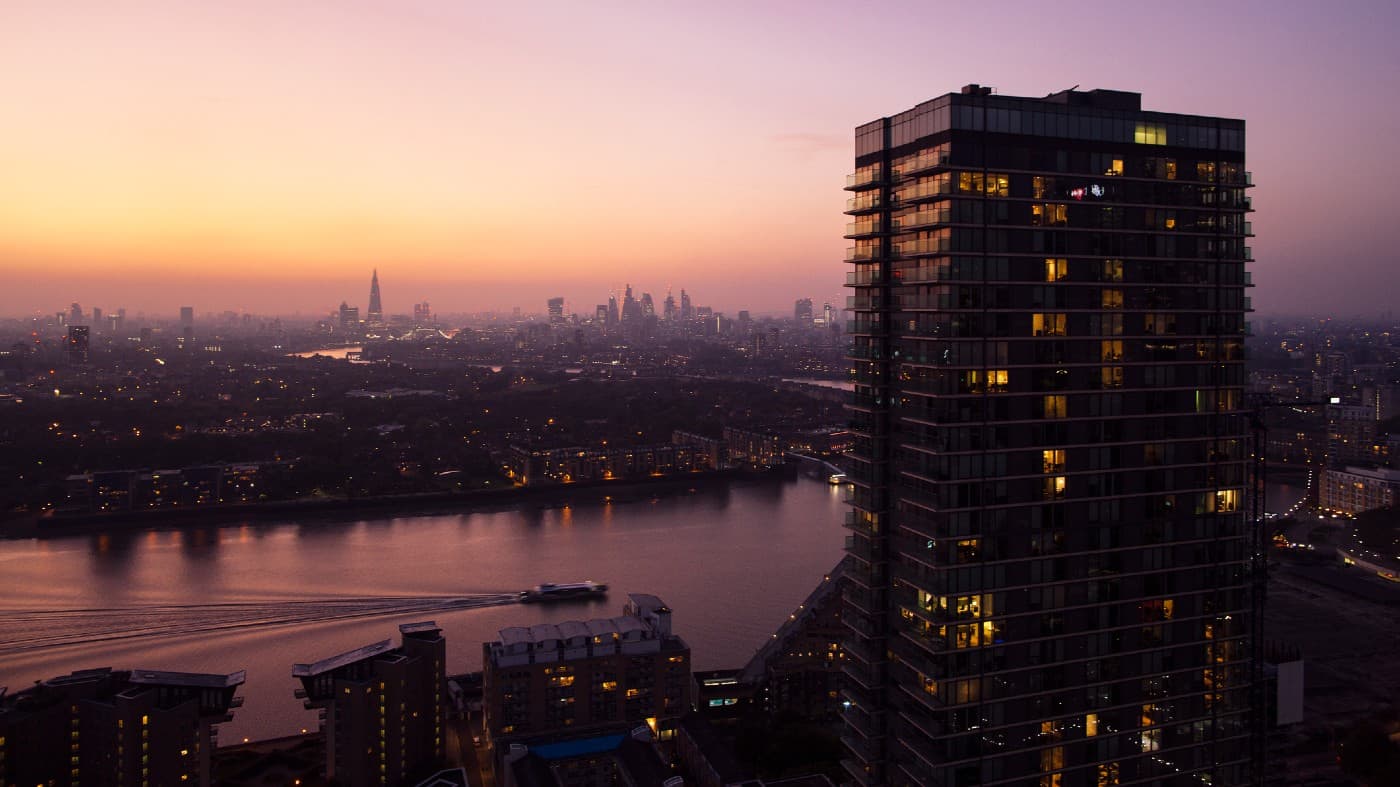The Barclays (LSE: BARC) share price has faced a turbulent 2022 so far. Indeed, after hitting highs of around 220p in January, the bank sank back to around 140p in April following news of a costly blunders in its US structured markets unit. However, over the past month, Barclays shares have been able to recover slightly, rising around 20% to 170p. Over the past 12 months, the firm has fallen around 7%. I believe that at this price, Barclays is a no-brainer buy for me.
Recent issues
There are a few reasons why the Barclays share price has fallen from its highs at the start of the year. Firstly, that mistake in the US structured products unit, whereby too many notes were issued, has proven very costly. Inn the Q1 trading update, the bank had litigation and conduct charges of $500m, which included a multi-million dollar fine by the Securities and Exchange Commission (SEC). It also meant that the company’s share buyback programme was delayed, a factor that dented investor confidence.
There are also some concerns over the economic state of the UK. For example, there’s a major risk of a UK recession, which could be accompanied by less lending activity and big disruptions in capital markets. Both factors would have a negative impact on the firm’s profits, and may consequently, see the Barclays share price decline further.
Should you invest £1,000 in Sdi Group Plc right now?
When investing expert Mark Rogers has a stock tip, it can pay to listen. After all, the flagship Motley Fool Share Advisor newsletter he has run for nearly a decade has provided thousands of paying members with top stock recommendations from the UK and US markets. And right now, Mark thinks there are 6 standout stocks that investors should consider buying. Want to see if Sdi Group Plc made the list?
A more positive perspective
Although these issues must be considered, I feel that Barclays has dealt well with these problems. For example, the blunder by the US structured products unit led to a one-time cost, and it has hardly crippled the bank. This can be demonstrated by the recent Q1 trading update, where group income totalled £6.5bn, up 10% year-on-year. Further, Barclays has now restarted its share buyback programme, where £1bn has been set aside. This should reduce the share capital of the company, boosting metrics such as earnings per share. Hopefully, a rise in the Barclays share price will result.
Further, Barclays seems better-suited to deal with the macroeconomic environment than some other FTSE 100 companies. Indeed, higher interest rates, which have been implemented to reduce inflation, are normally a positive for banks. This is because they can increase profit margins for lending. The bank also has several diversified income streams, which includes a very strong investment arm. This should be able to offset some of the issues arising from economic uncertainties.
Why am I buying more Barclays shares?
I’ve owned Barclays shares since the start of the pandemic, yet I’ve used the recent dip to buy more. This is because I believe they look far too cheap at current prices. In fact, the current price-to-earnings ratio is under 5. This seems incredibly cheap, especially considering that its rival HSBC trades with a P/E ratio of over 10. With a dividend yield of around 3.5%, Barclays shares can also deliver passive income. Therefore, it’s a no-brainer buy for my portfolio!







